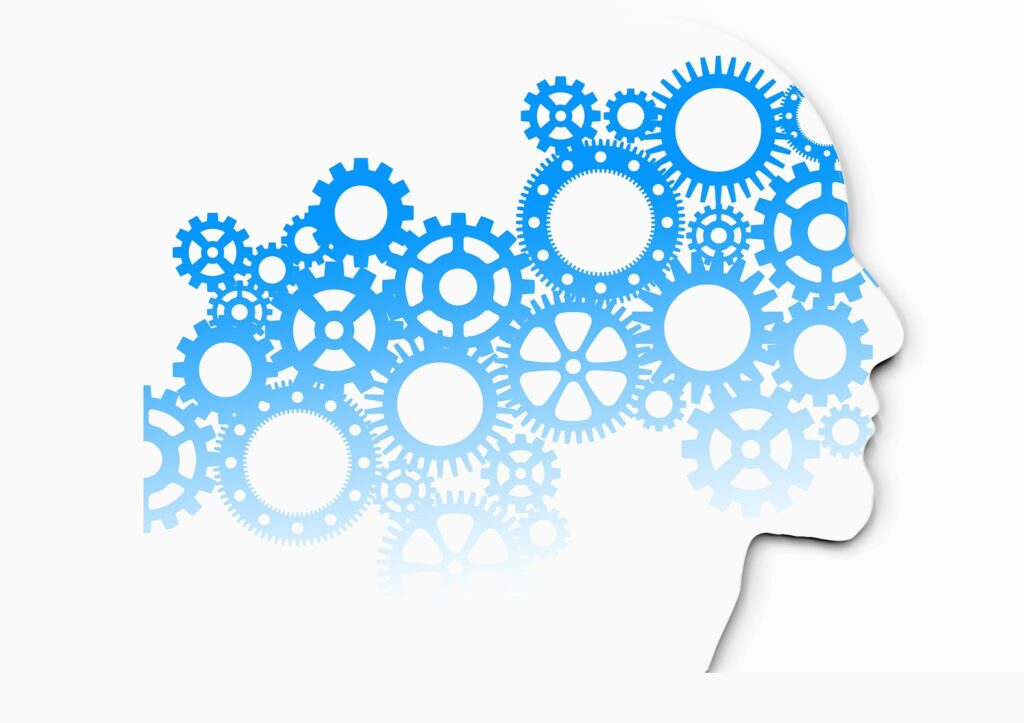What if after investing a lot in security services companies still face identity thefts? Sounds terrible? But that happens sometimes. Businesses at times cannot rely on any other means for verification except for seeing the customer themselves. Facial recognition technology blessing the merchants in this case. They can identify the individual only after confirming the availability of their physical presence. Hong Kong-based facial recognition programs highlighted 98.53% success in verifications through this technology. It can also be useful for companies that are doing KYCC.
Facial recognition is the process of verifying the individual on the basis of their unique facial features. Sophisticated software integrated with technology is the first line of defense against facial spoof attacks. The fraudsters tried to fool this technology as well. They found the solution for this technology by wearing a facial mask. But this technology proved to be more intelligent than them. It can read the artificial face mask.
The software uses computer algorithms to read specific characters about a face. These special traits include the distance between the eyes, nose, and chin and the length of the jawline. The specific features of a face of an individual are called face templates and are different from a photograph. These face templates are used to distinguish one person from another.
The availability of cameras in electronic devices enhanced the use cases of facial recognition programs. Users now use this technology for the security of their devices. There are a number of people that use facial recognition to unlock their smartphones. It is also used in ATMs to detect the entrance of any fraudster.
How does it work?
Facial recognition is an advanced technique that requires the presence of an individual for verification. It can conveniently detect the facial masks used by a fraudster to fake the identity of another user. There are a combination of techniques through which the software completes the facial recognition for an individual
Liveness Detection
This is know your Business process that requires the physical presence of the individual that is undergoing the facial recognition process. In liveness detection, the color texture of the individual is checked, facial images are also verified to inspect for any photoshop features.
Eye Blinking
This technique reads the specific facial movements of the individual. The process asks the customer to get their facial movement done by coming into video streaming and the customer is then given further directions.
Depth Mapping
This is useful to differentiate the face image printed on paper and the real face presented for facial verification. The technique specifically checks the depth present on the face of humans, which is impossible for printed images to have.
3D Sensing Technique
This is the combination of depth mapping and contextual information to provide improved analysis while recognizing the face.
Texture Detection
It crops the face into smaller parts for facial recognition. This aids in distinguishing a real image from a doctored image.
Some facial recognition software instead of solely identifying that the face is real or some fraudster is trying to spoof the system provides you with a range of information that would definitely benefit the facial recognition investigators.
A false negative is when the software fails to recognize a face against the image that is actually present in the database.
A false positive happens when the software matches the face against an image present in a database but that match is incorrect. This match may negatively impact a person by matching the face of an innocent individual with that of a criminal.
Law Enforcement Agencies Benefitting from Facial Recognition Technology
The companies that require robust techniques to detect any fraudsters are the ones whose main line of work is to catch criminals. One such industry is the law enforcement industry. The police take the mugshots of any suspected individual and match them against the images present in databases. This technique helps them to verify if the individual was ever involved in any illegal activity.
Smaller devices with inbuilt cameras have made the process even easier. Now the investigator officers do not have to undergo a long process of verifying the individual, rather they take the mugshot of the individual and the software gives them the result in seconds.
Mobile facial recognition helps the officers to look for security and to eliminate the risk of terrorists entering the sports stadium and Olympics. This efficient method has hugely benefited the security check at the sports stadium where thousands of people are verified through a robust facial recognition program.
Conclusion
A digital facial recognition program helps to verify individuals based on their unique facial features. Facial recognition works by detecting, analyzing, and finally recognizing the face. The inbuilt cameras in electronic devices have made the process even easier and are used to detect fraudsters.

